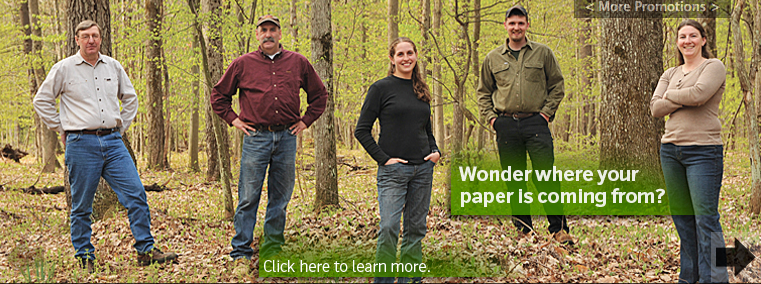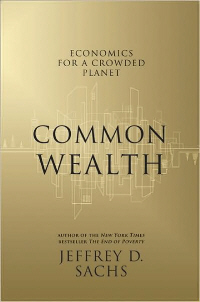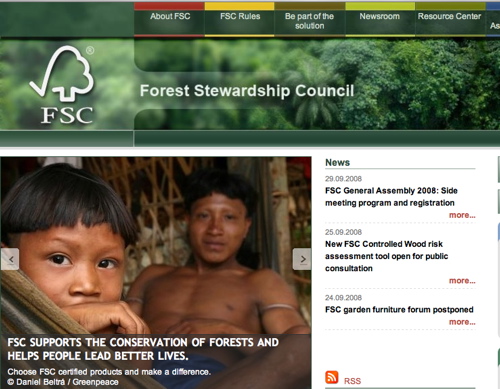
I just spent three days at Finch Paper, one of the few remaining small, integrated paper mills in the country. Nestled in the Adirondacks, the Glens Falls, NY company invited a few industry analysts to tour their mill and forests and get an inside look at their environmental commitment.
Finch Paper is one of the few mills that has professional foresters on staff — four of them, to be exact — plus a forester in executive management whose job is to oversee the mill’s the forestry operations. These foresters span the gap between being passionate about forests and being realistic about the fact that the global community needs the fiber these forests provide.
As analysts, we were given a tour of the manufacturing facility and the forests where the harvesting is done. We talked to the foresters. We saw the logging operation. We talked to the loggers. We walked the trails and saw the equipment operating.
I’ll be writing a lot about what I learned first-hand about responsible forest management from the foresters on the ground, but for now, I’ll post the most important takeaway points.
1. These foresters take their jobs seriously. They love the forest and care about what happens to it.
2. They know that people are going to use pulp. To get pulp, we’re going to harvest trees. We may as well do it responsibly.
3. Managing a healthy forest means mimicking what occurs in nature. It’s about understanding how healthy forests grow and working with — not against — those natural patterns.
4. When Finch’s foresters select trees for harvesting, unless there is a compelling environmental reason to use another option, they use the “thinning” or “shelter harvesting” technique.
This means they select up to 15% of the trees in any one stand. Trees are selected based on criteria such as species composition, age, and density, as well as whether or not they are carrying disease. Care is taken to preserve or enhance riparian areas and wildlife and ecological diversity.
Stands are revisited every 20 years. At that time, the forester may decide to once again select up to 15% of the trees for harvest. Or the forester may decide that the stand is not ready and not harvest from it at all.
At a certain point, the oldest trees from each stand are removed so that the younger trees can grow more robustly. This maintains a healthy and ecologically diverse but commercially viable forest.
5. All of the forests from which Finch Paper harvests are both FSC (Forest Stewardship Council) and SFI (Sustainable Forestry Initiative) certified.
I came away with an appreciation for how seriously these foresters take their jobs. They love the forest, which is why they became foresters in the first place.
I asked one of them, Dani, why she became a forester and she told me that it was because she loved the forest and felt a real bond with it. She always had, even from a little child. I asked whether, as someone who loved the forest, she felt any internal conflict over working for a paper mill that harvests the forest. “No,” she said. “I like to do things right. We’re going to harvest the forests anyway. I make sure they do it right.”
Finch Paper has only 2% of the U.S. marketshare. I don’t know how the other paper companies manage their forests (although many of the small, independent companies also have reputations for strong environmental commitments), but I am now confident that at least 2% of that pulp harvesting is being managed by people who really care and are really good at what they do.





